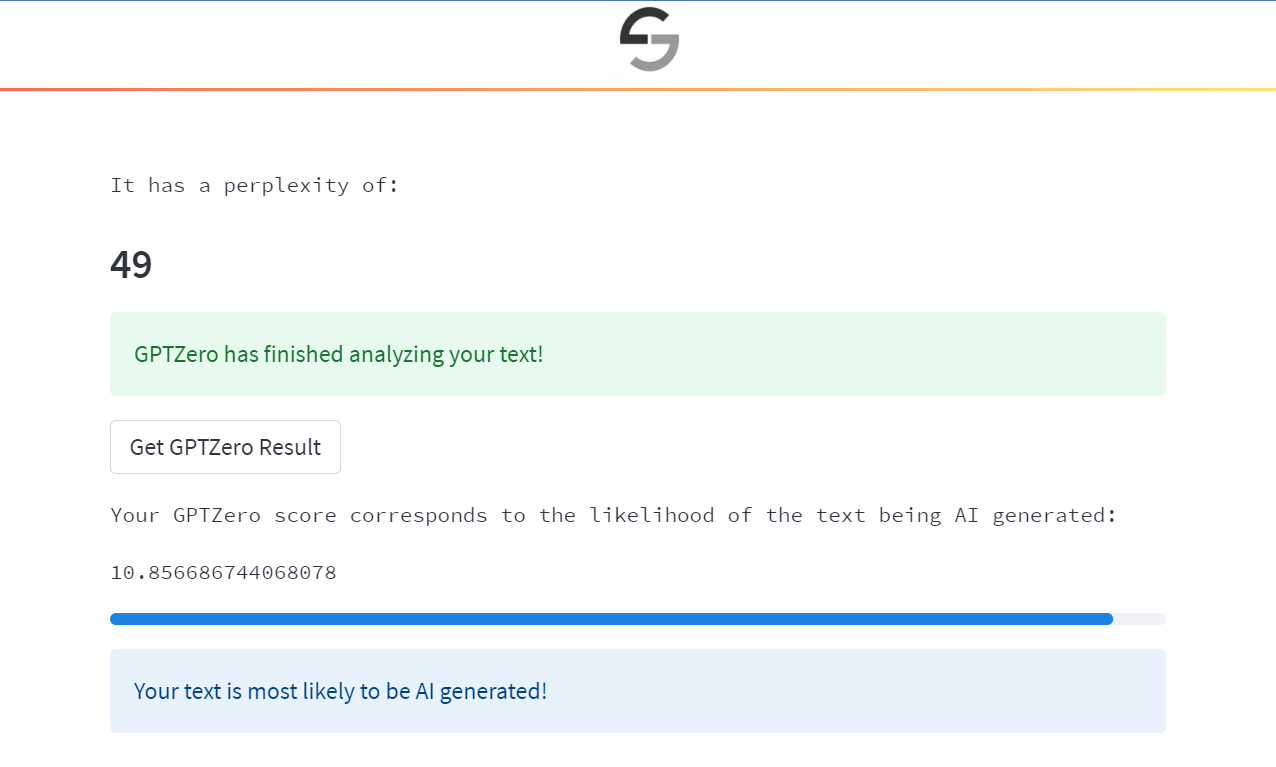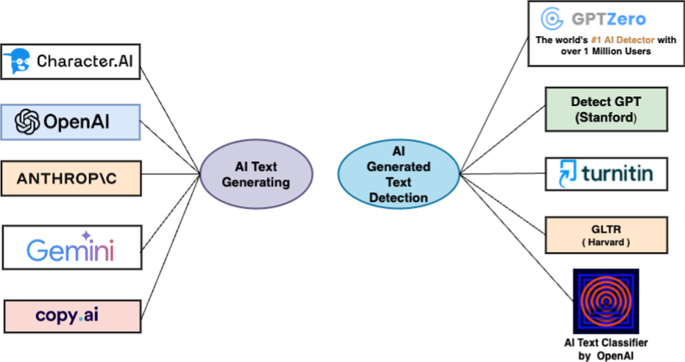Understanding AI Detectors: How They Analyze and Identify Content
Understanding AI Detectors and Their Impact on Content Creation
So, you’ve probably noticed how AI-generated text is everywhere these days, right?
It’s changing the game for content creators like us.
But here’s the kicker: with all this AI writing floating around, how do we know what’s real and what’s not?
That’s where AI detectors come in.
In this post, I’m diving into what AI detectors are, how they work, and what it means for content creation.
What Are AI Detectors?
The Basics of AI Detectors
AI detectors are like your personal watchdog for content.
They’re tools that help you figure out if a piece of text was written by a human or an AI.
How do they do this?
They analyse writing patterns, syntax, and structure using smart algorithms and machine learning.
For example, if the text has a bunch of repetitive phrases or sounds too formal, it might be flagged as AI-generated.
This is super important for educators, publishers, and all of us content creators who want to keep our work authentic.
How Do AI Detectors Work?
Okay, let’s break it down.
AI detectors mainly use natural language processing (NLP) and machine learning.
They’re trained on huge datasets that include both human-written and AI-generated text.
This training helps them spot the subtle differences in writing styles.
Here’s a quick rundown of what they do:
- Statistical Analysis: They check patterns in word usage, sentence length, and complexity.
- Structure Comparison: AI-generated text often has a more uniform structure compared to the variety in human writing.
- Probability Assessment: They give you a percentage likelihood that a piece of text is AI-generated.
Limitations of AI Detectors
Now, let’s keep it real.
AI detectors aren’t perfect.
Here are a few things to keep in mind:
- Accuracy Varies: Depending on the algorithms and training data, some detectors might flag human-written text as AI-generated.
- Evolving AI Tools: As AI writing tools get better, it’s getting trickier to tell the difference. Detectors need to keep up.
So, don’t rely solely on these tools. Use them as one part of your content strategy.

The Role of AI Detectors in Content Analysis
Enhancing Content Quality
AI detectors can really help us level up our content quality.
Here’s how:
- Check for Authenticity: They help make sure your writing stays true to your voice.
- Spot Weaknesses: If parts of your text seem formulaic, you can tweak them to add depth and creativity.
Ethical Considerations in Content Creation
Using AI detectors raises some important questions about ethics and privacy.
When I use these tools, I always ask myself:
- Data Privacy: Are they storing my text? What do their privacy policies say?
- Bias in Algorithms: If the training data is skewed, it might misjudge my writing style. Choose detectors that are fair and transparent.
Best Practices for Using AI Detectors
To get the most out of AI detectors, here’s what I do:
- Use as a Supplement: Don’t rely solely on them. Combine their feedback with your gut feeling and peer reviews.
- Stay Updated: Keep an eye on new AI writing tools and detectors. The tech is always evolving.
- Be Ethical: Consider potential biases and privacy issues to ensure your content is responsible.

Human vs AI Writing: The Ongoing Debate
The Unique Qualities of Human Writing
Let’s face it: human writers bring something special to the table.
We infuse our writing with:
- Personal Experiences: I often draw from my life and the world around me.
- Emotional Depth: Our unique perspectives resonate with readers.
This human touch makes our content relatable and engaging.
The Efficiency of AI Writing Tools
On the flip side, AI writing tools are super quick.
They can churn out content at lightning speed.
That’s a huge plus for anyone juggling multiple projects.
But here’s the catch: the quality has to be there.
I see these tools as a way to spark ideas, not as the final product.
Finding Common Ground
The debate between human and AI writing isn’t about picking sides.
It’s about collaboration.
Using AI-generated text can boost our creativity and productivity while keeping our voice intact.
As we move forward, I see more collaboration between human writers and AI tools.
This partnership can lead to innovative content that plays to both our strengths.

The Future of AI Detectors and Content Creation
Evolving Technologies
The future looks bright for AI detectors.
With advancements in machine learning and natural language processing, they’ll get better at telling human and AI writing apart.
Imagine getting real-time feedback on your writing.
That would be a game-changer!
Impact on Content Standards
As these tools improve, I think we’ll see a shift in content standards across industries.
- Stricter Guidelines: More emphasis on authenticity and transparency.
- Quality Improvement: This could lead to better content online.
But we need to be careful about censorship and creative expression.
Finding a balance will be key.
Conclusion: Embracing the Future
In a nutshell, AI detectors are changing how we create content.
By understanding how they work and their limitations, we can use them to enhance our writing and keep it authentic.
The chat about human versus AI writing reminds us of the importance of creativity and collaboration.
I’m excited about what lies ahead.
Let’s embrace these changes and keep the human touch at the heart of our writing.

FAQs
1. What exactly is an AI detector?
An AI detector is a tool that helps identify whether a piece of text was written by a human or generated by AI.
2. How accurate are AI detectors?
Accuracy can vary. Some may incorrectly flag human-written text as AI-generated, so it’s best to use them as a supplementary tool.
3. Can AI detectors improve my writing?
Yes! They can help you spot patterns that may seem formulaic, encouraging you to add more depth and creativity.
4. Are there ethical concerns with AI detectors?
Absolutely. Consider data privacy and potential biases in the algorithms when using these tools.
5. How can I use AI detectors effectively?
Combine their insights with your judgment, stay updated on new tools, and always keep ethical considerations in mind.
Let’s keep this conversation going and tackle the challenges of content creation together!

